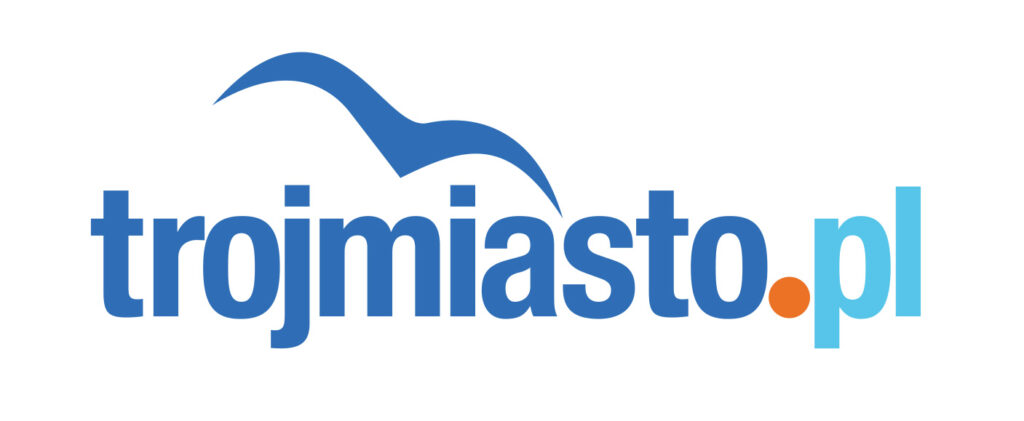The Sopot Science Picnic is the finale of annual Open Science Days. It is an event addressed to all those interested in broadening their knowledge of the marine environment and the relationship between people and this environment.
The tradition of the Picnic dates back to 2003 and the beginnings of the Baltic Science Festival, and for 14 years the Sopot Picnic has been an independent event organized by the Institute of Oceanology of the Polish Academy of Sciences and the Sopot Scientific Society. Our goal is to provide all guests of the Picnic with a lot of fun while learning. Here you will meet specialists from various fields and anyone who is guided by curiosity and concern for the future of the world will be able to both broaden their knowledge and discuss their own ideas.
The fifteenth picnic took place on Saturday June 17 2023, at the IO PAN in Sopot at ul. Powstańców Warszawy 55, from 10 am to 4 pm.
On the square in front of the Institute, we set up near 30 tents, in which various institutions will present their scientific activities and more. In addition, interesting lectures and film screenings were presented in the Institute’s seminar room, and we prepared games, competitions and workshops for the youngest.
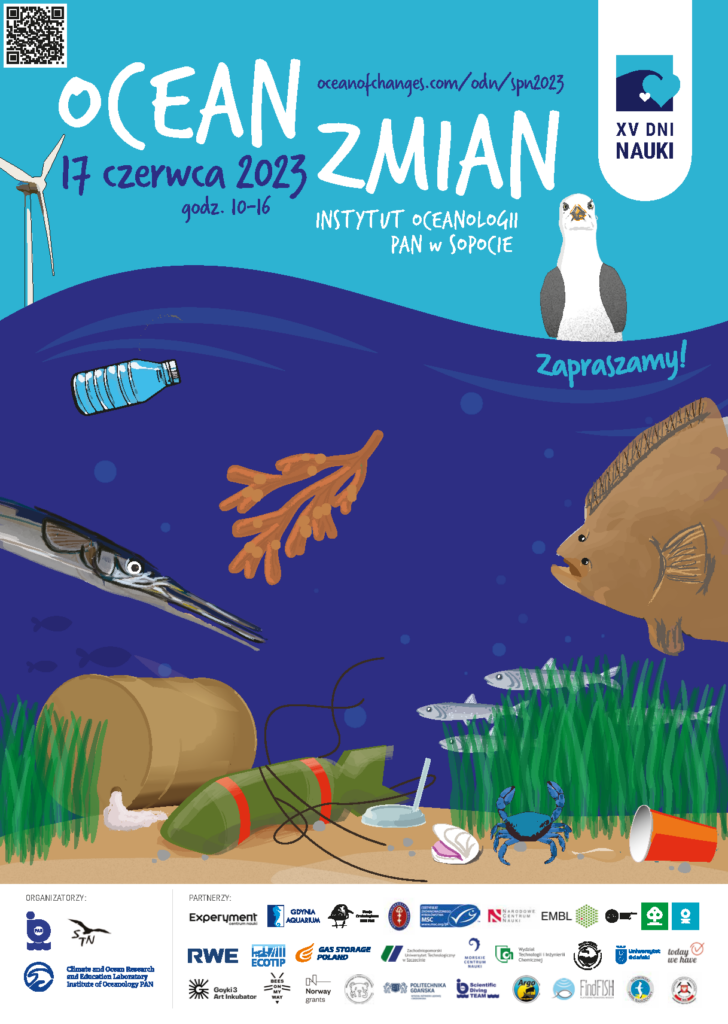
A tent city is not everything. In the seminar room of the Institute, you will be able to watch films and live lectures (in polish) given by specialists in various fields.
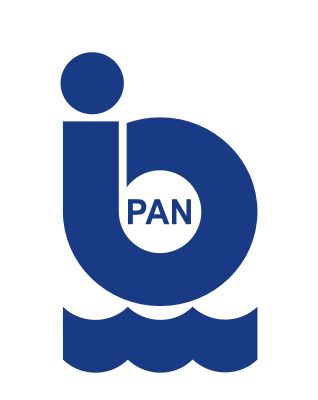 |
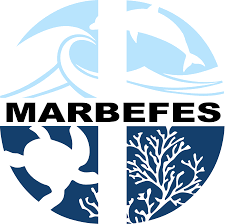 |
There is no one in the world who can independently recognize all the species of miniature and large organisms that live around us. This year we host a team that implements the BIOBLITZ action. On the day of the Picnic, the Institute of Oceanology of the Polish Academy of Sciences will become an arena where a team of biologists will identify all species of animals, plants, fungi and microorganisms that occur in our area, both on land and in water. You will be able to watch scientists at work, ask questions and learn about life around us.
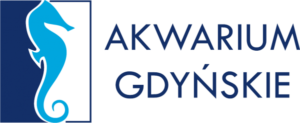
This year, the Gdynia Aquarium team will focus on conducting outdoor microscope workshops called “Whoever saw, whoever knows…”. The workshops will start in the science and research zone, where protected marine organisms will be presented, and will end in the water tattoo studio, so that the heroes of the educational meeting stay with the picnic guests a little longer. In the section whoever has seen, the fauna and flora of the Baltic Sea will perform (citizen science). In the whoever knows section, we will sail to the ocean, e.g. with a collection of skeletons of reef-forming corals (a pre-holiday guide on natural souvenirs).
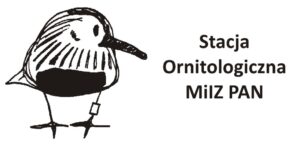
The Baltic Sea and its coast are places where we encounter an extraordinary variety of birds. Some of them find nesting places here, others overwinter by the sea or rest and feed during migrations. We should protect all these birds, taking care of their environment first of all. Unfortunately, increased anthropopressure and other negative human impacts adversely affect the life of birds.
We will talk about it at our educational stand. We will also show there, among others selected birds from the Station collection, feathers, posters and ornithological rings. Educational materials will be available.
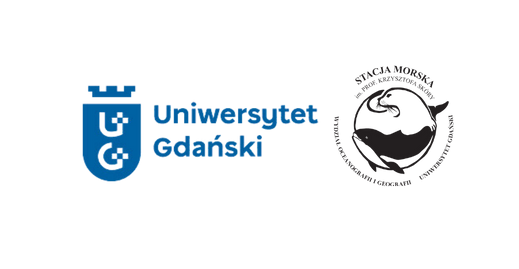
Do you know the small cetaceans living in the Baltic Sea? Do you know why sound plays a key role in their lives? How many people live in your house and how many in your city? Did you know that there are only about 500 porpoises in the Baltic Sea and they are critically endangered? If you want to learn more about this cetacean species, the only one native to the Baltic Sea, visit the educational and information stand of the Marine Station Prof. Krzysztof Skóra, Institute of Oceanography, University of Gdańsk. We will be happy to share our knowledge about these animals, we will present their biology, ecology and behavior, as well as threats and methods of protection. We will talk about the echolocation mechanism and underwater noise. You will see equipment for underwater research for the presence of porpoises and pingers warning against dangerous fishing nets. During the lecture we will provide the latest information on porpoises and we will tell you how you can help them. We have prepared an educational corner for the youngest with coloring books, rebuses and educational games.

Although the first associations of air and water bring to mind opposing elements, contrary to appearances, these two inanimate elements of nature often play interrelated roles in shaping the natural environment. Celebrated for over 30 years, World Oceans Day is a holiday on June 8 that draws attention to the extremely important functions that large water reservoirs have in maintaining the biosphere in which we live.
The oceans absorb more CO2 than they emit. As a result, only about ½ of our emissions remain in the atmosphere, and the rest is absorbed by bodies of water. For this reason, the water in the oceans is acidifying, which negatively affects aquatic life, but not only. This year we will show how the air from the atmosphere can affect what is happening under the surface of the water, as well as what processes under water can affect the air we breathe every day.
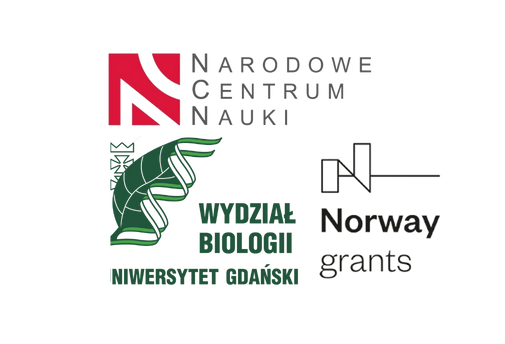
The Laboratory of Biology of Extremophiles, together with the Collection of Plasmids and Microorganisms of the University of Gdańsk, will reveal the veil of secrecy about the unexplored world of microorganisms of the ocean depths.
At this year’s science picnic, you will gain unique knowledge by playing the role of a detective researcher. We will show how, on the basis of genetic information extracted from the bottom of the oceans, we can reconstruct the extraordinary landscapes of the oceanic microworld. We will show how you can isolate DNA yourself. On site, you will also be able to see how the microorganisms inhabiting underwater habitats are built. We will tell you what they can be practically used for, what they look like from the inside, and why they are necessary for the entire planet.
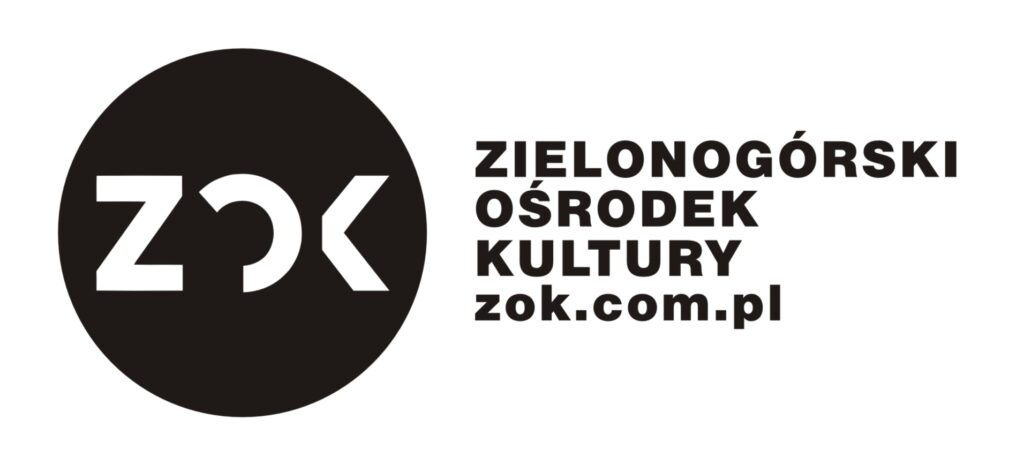 |
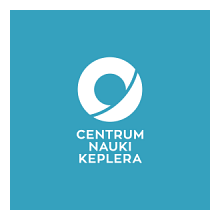 |
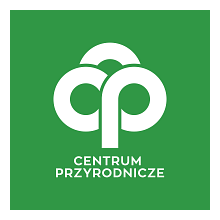 |
At the stand, the youngest will make a flounder/turbot fish mascot. With felt-tip pens, they will give it a camouflaging color on one side, because the other side of the fish is white. We will add some shape to this flat fish by filling it with a silicone ball. The place of filling will be sewn by the participant himself or with the help of adult.

The sea and the seaside atmosphere is a place associated with relaxation, the beauty of nature, and the sun. However, even in a friendly atmosphere and water there lurks bacteria invisible to the naked eye. They are a kind of “microbiological fingerprint” of a given place, depending on the season and weather. The difference between these places, characterised by the diversity of microorganisms, allows you to illustrate how individual and unusual the microbiome or mycobiome of sand, water, and air is.
Human-environment interactions also influence the composition and abundance of bacteria and fungi. Even the presence of human-generated wastewater has a significant impact on the composition of the microbiome, in which pathogenic and undesirable bacteria, such as Pseudomonas aeruginosa (blue pus bacillus) and Eneterococcus faecalis (fecal bacteria), increase their share. We must remember that by having an impact on the environment in which we live, we contribute to changes in its quality and diversity. An example is the appearance of new thermophilic bacteria of the genus Vibrio: V. cholerae causing diarrhoea and the carnivorous bacterium V. vulnificus.

A team of licensed paramedics will take care of your safety and will share knowledge about water hazards and how to deal with them.
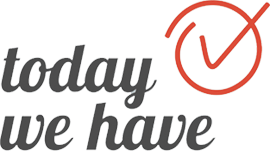 |
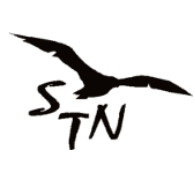 |
“Caring for water is the duty of every human being”, is the motto of this year’s celebration of World Water Day, which falls on 22 March. Water covers over 70% of the Earth’s surface. Why exactly do we need to conserve it when there is so much of it on Earth? Unfortunately, the vast majority of water on Earth is salt water. Only 2.5% of its resources are fresh water and only 0.6% is fresh waters that are a source of drinking water. Shopping, daily care, cleaning, laundry, cooking are only a part of the water consumption in our household. “The water footprint helps us understand how our limited freshwater resources are used and polluted. (waterfootprint.org)
During the picnic, we will check, among other things, what is the water footprint of your breakfast. How much water was used to produce your wardrobe? How much water do you use in one day?
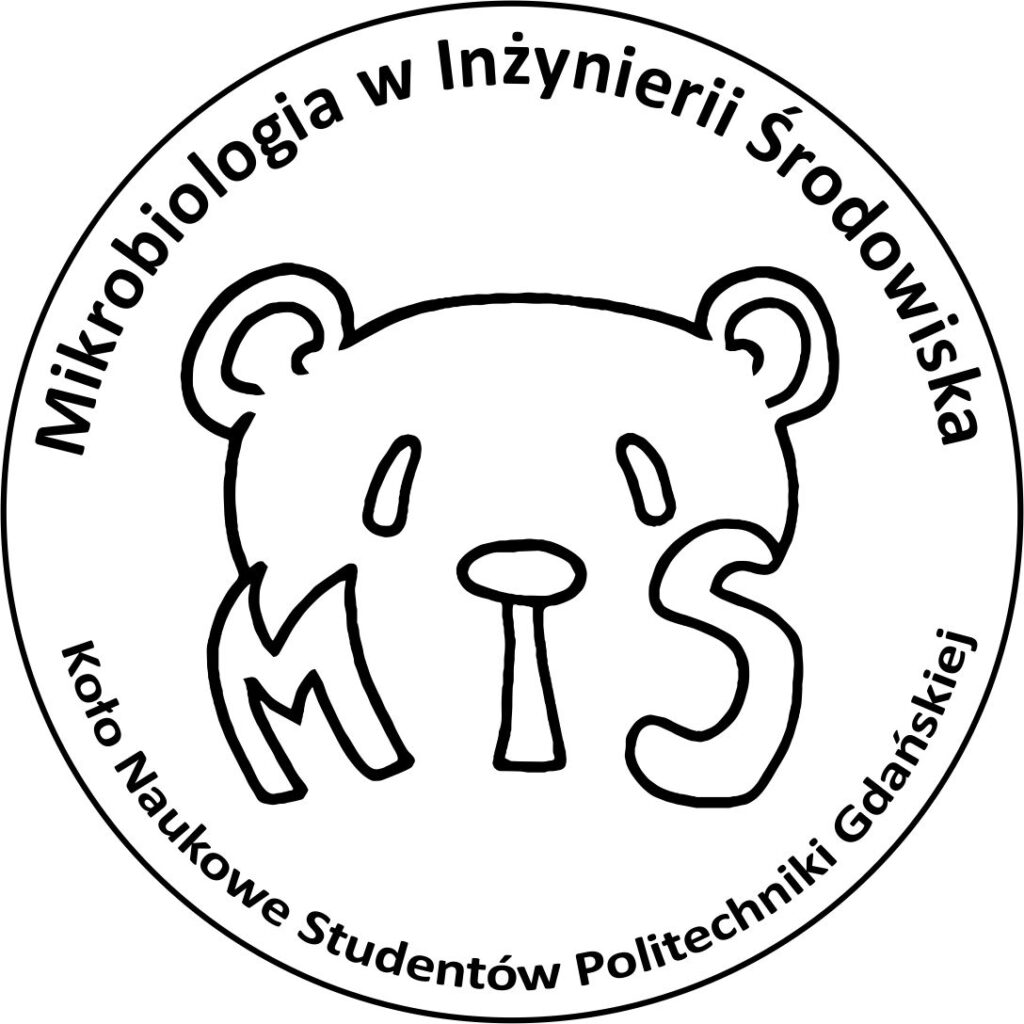
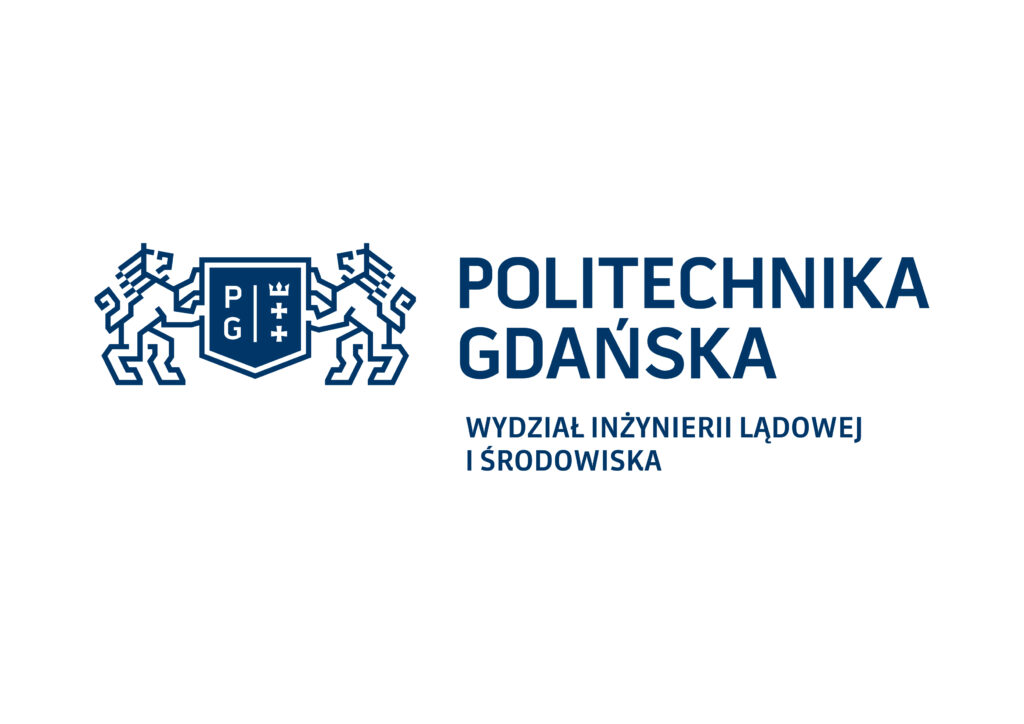
Students of the Faculty of Civil and Environmental Engineering of the Gdańsk University of Technology, associated in the Students’ Scientific Circle “Microbiology in Environmental Engineering” invite you to the tent where, among others, will present:
“Microworld” – workshops on the use of a microscope: observations of solid preparations and the possibility of preparing your own preparations
“Grow bacteria” – microbiology workshops, inoculations, watching previously grown bacterial colonies (plates will be properly secured), presentation of sterilization methods, presentation of equipment (e.g. automatic colony counter),
“MicroArt – painting with bacteria” – a mini-exhibition prepared by members of the Circle,
“Become a explorer” – a mini field game with prizes – a map where you can find QR codes with tasks to be done, after completing the tasks return to the tent for prizes (package with Scientific Circle gadgets)
“Spitsbergen challenge – a students on scientific expedition to the Arctic” – multimedia presentation.
 |
Have you ever wondered how we can purify water? The water in our taps, the water in lakes and rivers, and in the seas and oceans differ from each other in terms of purity! On our stand, educators will show you methods for purifying water from large particles and elements, as well as how we can make a column to purify water from dyes! We will talk to you about the use of coal in this process! Who knows, maybe you will be able to fish out some TREASURE from these pollutants?
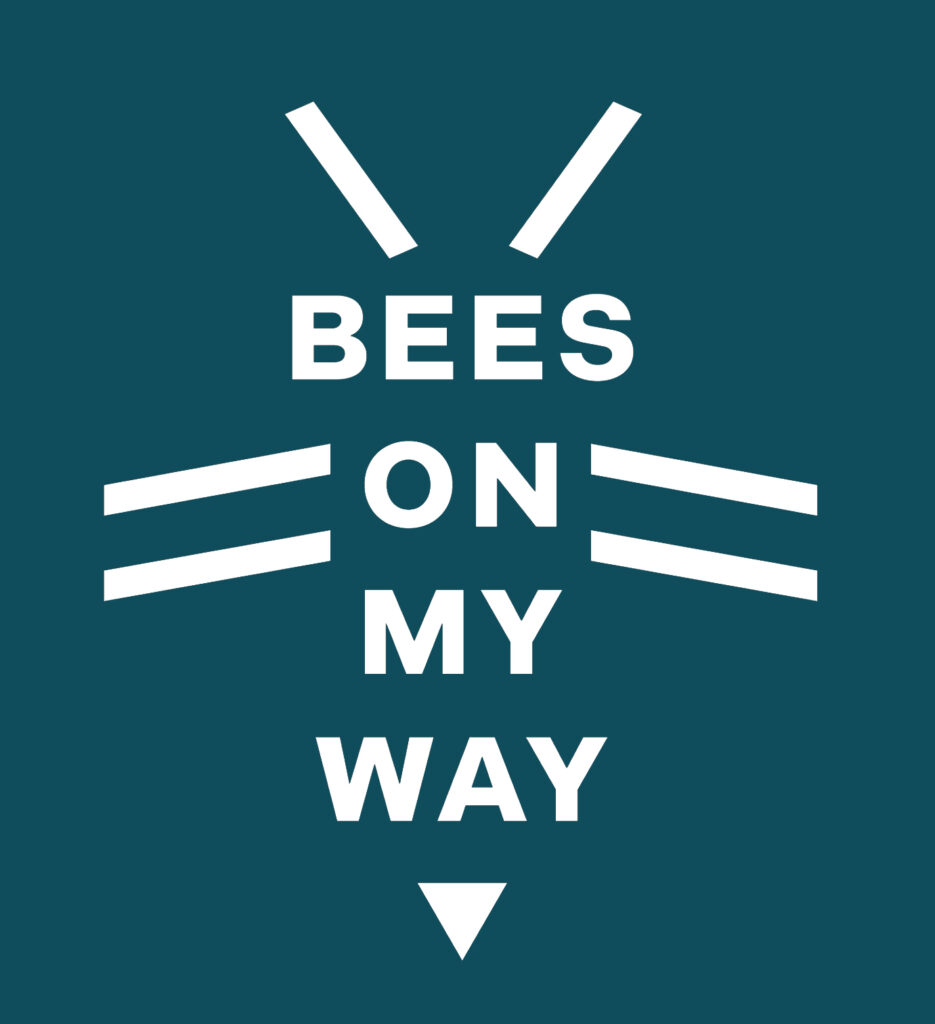 |
 |
Goyki 3 Art Incubator once again invites you to a meeting with educator and biologist Kamila Chomicz. During the Science Picnic, you will be able to see photos, listen to about the habits of bees, learn how to build a hotel for insects properly and responsibly. For the first 20 guests, there will be a surprise, a flower ball with planting instructions.
Kamila Chomicz is a graduate of biology at the University of Gdansk, the Academy of Film and Television (Warsaw), she attended the Gdansk Study of Photography. She records films, takes photos, organizes workshops and meetings, etc. Creates various educational campaigns and social-artistic projects.
Project coordination: Agnieszka Rek-Gornowicz, agnieszka.rek@goyki3.pl.

Attention young explorers, we invite you to the amazing world of renewable energy sources! Have you ever wondered how the sun’s rays can power your toys? Or how does a little gust of wind make a light bulb come on in your house? Visit us and join the teams of wind warriors and sun heroes!
During a few minutes with the wind warriors you will be able to experience the sea breeze and see with your own eyes how energy is generated from the wind. Discover how wind turbines work, experience the weight of an electric cable and let yourself be carried away to the world of renewable energy sources!
Then you will be invited to play by solar heroes who will show you how the rotor blades will move thanks to solar panels. Don’t forget about protection from the sun’s rays, because we will definitely have it!
Visit our tent and together with us power the world with energy from nature!
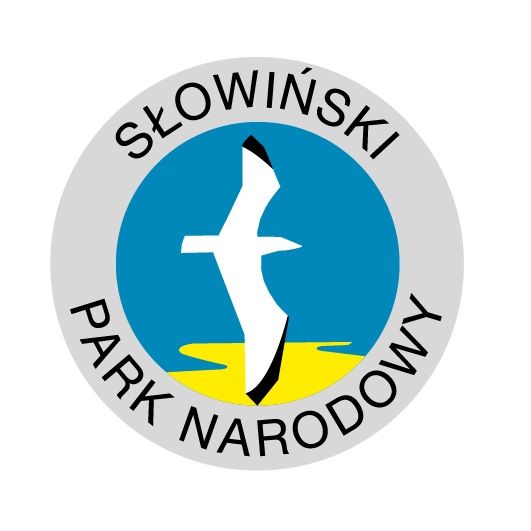
At the stand of the Słowiński National Park you will find out what we mean by the terms weather and climate? We will also present the conditions of fog formation in the Słowiński National Park. We will use a magnetic board to simulate the weather forecast and raise the issue of correlation between the water temperature in the Baltic Sea and the air temperature during the year (quiz).
Based on the motto: “Słowiński Park Narodowy – land of water, wind and sand – our passion”, we will present an electronic anemometer. Participants will learn in which units wind force is given and how to convert individual units.
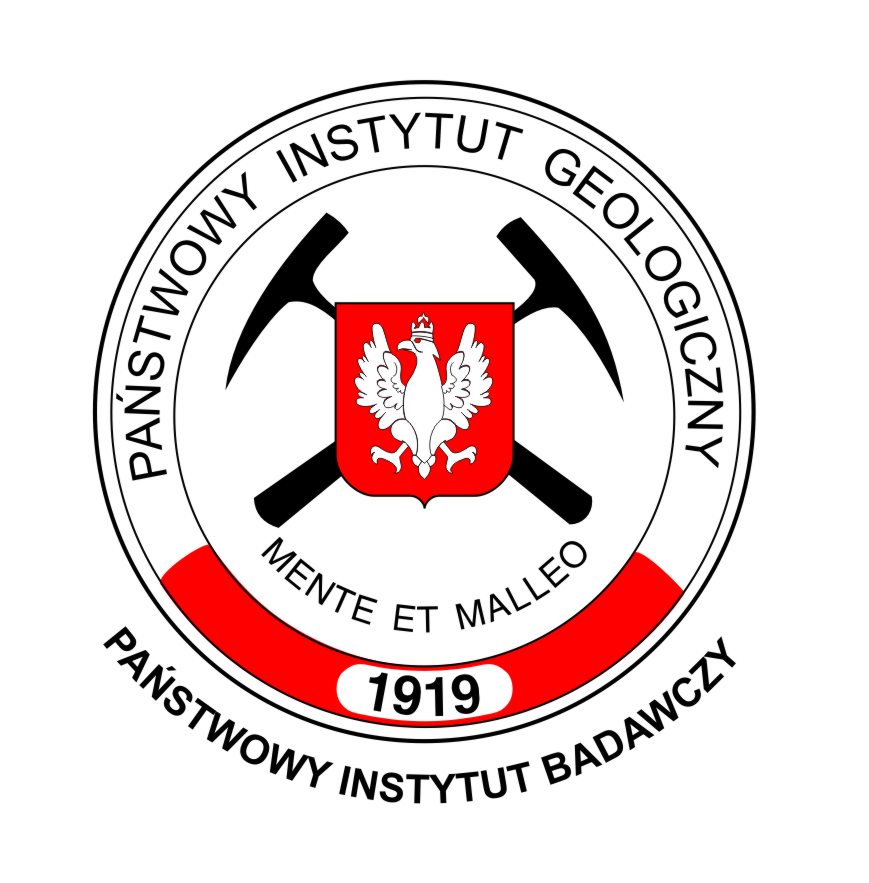
The ocean is a place of constant change, both in terms of the evolution of life and inanimate nature. Oceans that existed in the past, e.g. Iapetus, Tethys, left many traces in the form of minerals, rocks and fossils preserved in the sediments. As part of the workshop, you will be able to get acquainted with the geological collection and familiarize yourself with the work of a mineralogist, petrographer and paleontologist. We invite you to look through the binocular at the sand from the beach, learn about the characteristics of minerals and rocks, their uses and stories about life in the former ocean and many, many other geo-attractions.

The stand is devoted to bringing closer and expanding knowledge about groundwater, which is the main and at the same time optimal source of drinking water. Issues related to the circulation of water in the natural environment will be discussed, together with an indication of the origin of water flowing into Gdańsk wells, which supply water to the city’s inhabitants. The topic of the amount of drinking water resources that we have at our disposal will allow us to ask the question whether we should really protect water resources and use them sparingly. During the meeting, participants will have the opportunity to drill a hole to the first level of groundwater and collect water samples themselves to determine the content of basic chemical components in water.

TThe Central Geological Database (CBDG), operated and developed by the Polish Geological Institute – National Research Institute (PIG-NRI) is the largest collection of digital data related to earth sciences in Poland. The task of CBDG is to collect and share data from various fields of geology and related sciences. These include information on boreholes, archival geological documentation and various types of research, including the Baltic area. PGI-NRI is constantly developing and expanding free access to geological data. The CBDG online service and the applications posted there allow you to quickly search and read information about the geology of Poland collected over 100 years. Thousands of geological maps, explanatory texts and many other detailed data are available online free of charge. During the Science Picnic, it will be possible to get acquainted with the possibilities of accessing these data even using a smartphone.
Our specialists will answer these and many other questions. You will find out, among other things, why cavern storage is the safest and most innovative way of storing gas. We will show you a cross-section of the cavern in 3D and tell you what else can be stored in it.
We cordially invite you to visit the stand of GAS STORAGE POLAND sp. z o.o.
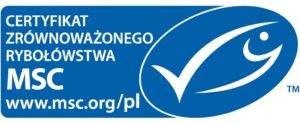
Educational corner
In the educational corner, with the help of an animator, children will be able to independently make an origami sea animal (fish, dolphin, seal, shark, seagull). During the activity, the animator will tell children about marine food webs (what are the dependencies, what threatens them), the issue of by-catch and the ways in which responsible fishermen care for the welfare of non-target animals will be discussed.
Educational exhibition in the form of seaweed presenting information about seas and oceans:
-why are oceans important/what role do they play in our lives
– problems faced by marine ecosystems today
-illustrations showing sustainable and irresponsible fishing practices (with description)
-what is sustainable fishing
– tips on what each of us can do to protect marine ecosystems
-meaning blue MSC certification
What kind of fish are you?
Did you know that tuna, which we buy every day in tiny cans, reaches sizes from 80 cm to even 2-4.5 m depending on the species? And what size are wild salmon or pollock so popular on our tables? With a special measure, each of the visitors – from the smallest to the tallest – will be able to independently check which fish is the same height. Each fish is accompanied by a short description and interesting facts about the species. The visualization will help to consolidate information about the most popular fish among Poles.
In addition, educational materials will be distributed at the MSC stand: marine notebooks, marine tattoos and fish for coloring.
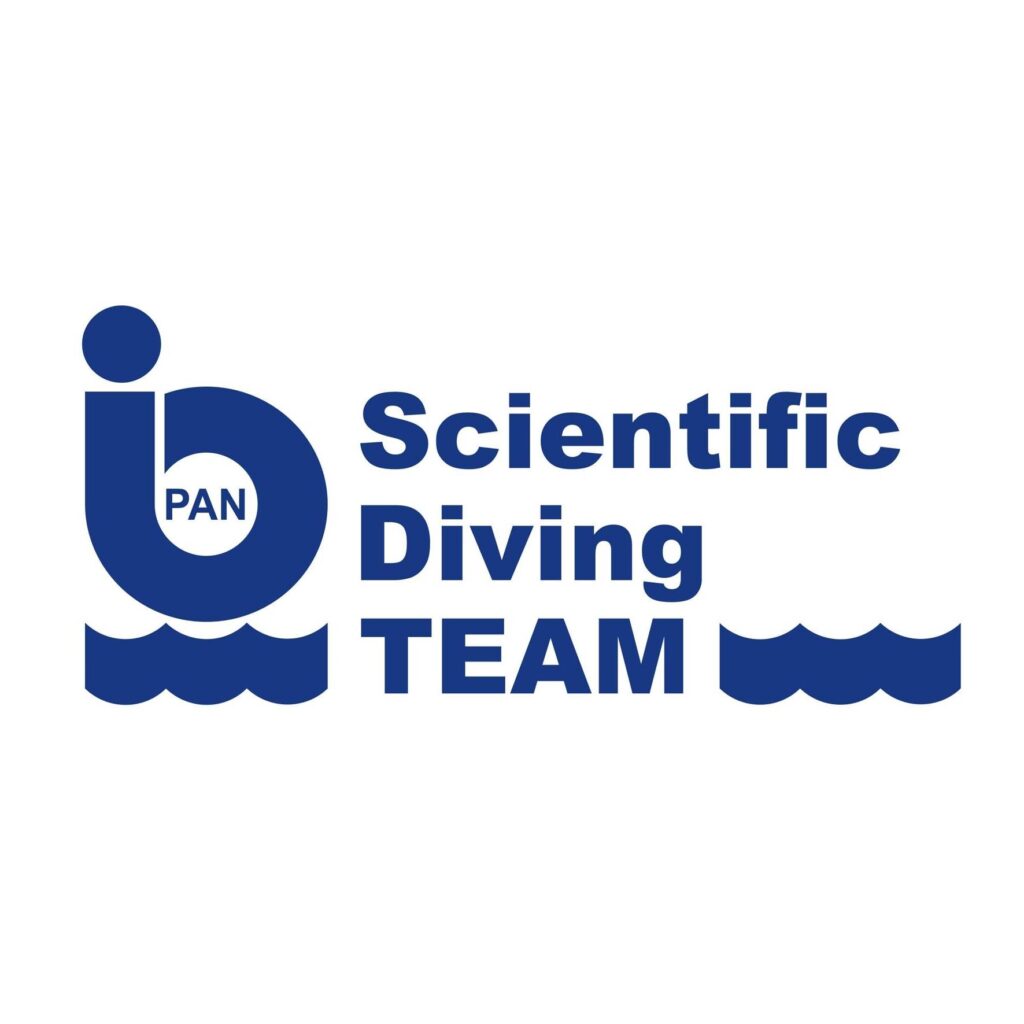
The team of scientific divers of the IO PAN will present diving and research equipment, without which it would be impossible to get to know the undersea world so closely. You will learn what an ‘underwater vacuum cleaner’ is used for and how to use a painting spatula… You will learn the most interesting results of scientific projects funded by the National Science Center conducted in the Arctic with the participation of divers.
For the youngest there will be knot tying courses, an artistic stand and competitions. We invite you!
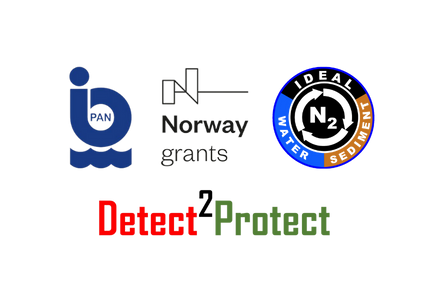
We cordially invite the participants of the Picnic to take part in scientific experiments! Using colors, we will check whether a transparent liquid is an acid or a base and examine what is hidden in it. We will also check how salty sea water can be – we will use various methods for this. We will also try different ideas for having fun with dry ice. We will present you our scientific projects:
BaltiMTox – investigating the impact of mixtures of micropollutants present in the marine environment on microorganisms present in the Baltic Sea
ARCTIC SGD – focused on the study of the submarine groundwater inflow (SGD) around Svalbard and northern Norway
IDEAL – investigating seasonal variations in denitrification and anammox in the seawater column and sediment of the Baltic Sea.’
Detect2Protect – focusing on the use of biomarkers in the protection of biodiversity in the Baltic Sea
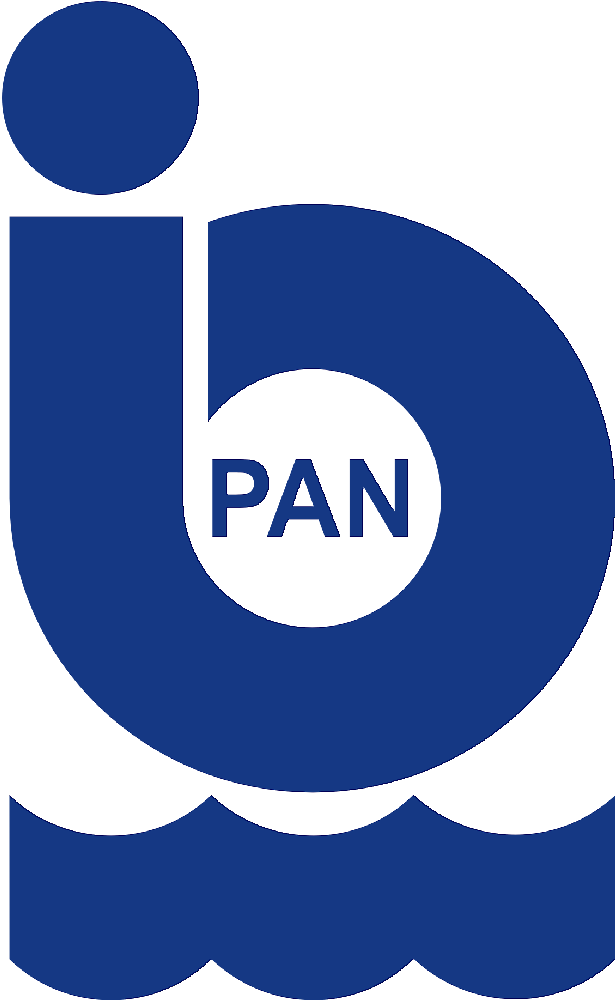

The recent decades resulted in the development of numerical, mathematical, and physical models that provide a physical image of the studied sea basin, which is vertical and horizontal distribution of temperature, salinity, and sea currents from the sea surface to the bottom, at any point of the modelled area and at any time including hindcast scenarios and forecasting analyses. In addition, ocean and sea models provide sea level distributions. Improving the quality of model results made them one of the most important tools for conducting research in the marine environment (but not only).
From the technical point of view, the models solve a system of equations that describe physical processes in the sea, providing a set of physical parameters that describe the state of the examined body of water.
Our workshop deals with the construction, development, and use of this type of models. As part of the stand, various model solutions developed at the Institute will be schematically presented, along with exemplary results, which will be presented in the form of animations. The results will be developed on the basis of the operational model of circulation and ice cover for the area covering the entire Baltic Sea. It is planned to show the emerging ice, the upwelling process and a dense and salty water inflow into the Baltic Sea (Major Baltic Inflow – MBI).

Methods of mathematical modeling are used to create forecasts and describe the most complex processes that take place in the marine environment.
In computer models, the Baltic Sea is divided into small “bricks”. Their size (resolution) depends on the issue we want to investigate. Each of these bricks is assigned to a specific set of numbers that represent various physical parameters (such as water temperature, salinity, and sea currents) and chemical parameters (such as pollution, saturation, or phytoplankton blooms). It is our job to put these processes into mathematical equations.
Our laboratory has developed three models:
The results from these models can be viewed on the provided websites. We invite you to our stand, where we will be happy to share some programistic “behind the scene” knowledge about the models and teach you how to use the tools we have created.

Progressive climate change is bringing catastrophic effects on the seas and oceans around us – the temperature and acidification of sea water is rising, oxygen content is falling, sea level is rising, and sea ice in the Arctic is rapidly shrinking. The oceans absorb more than 90% of the excess heat generated by the greenhouse effect and about 30% of the carbon dioxide released into the atmosphere, but this causes environmental changes that threaten fragile marine ecosystems. To catch them, it is necessary to collect regular and coordinated observations, both in deep ocean regions and shallow shelf seas.
One of the most advanced measurement systems is the global network of autonomous Argo floats, which, drifting freely with the currents, profile the water column from the surface to a depth of up to 2000 m (or to the bottom in shallower regions). The collected measurements are sent by satellite to the data reception center, where, after quality control, all observations are made available to interested recipients without any restrictions. Poland joined the Euro-Argo ERIC European research infrastructure in 2014. Since then, we have regularly launched Argo floats in the Baltic Sea and in the polar regions of the Greenland Sea, thus expanding the Argo fleet, which currently reaches 4,000 active floats.
We invite you to the stand, where we will show how Argo floats work and we will also present other devices – moorings (anchored measuring plumbers) and gliders (autonomous underwater vehicles) – used by the Observation Oceanography Laboratory to collect data in the Baltic Sea and the Arctic Ocean.
 |
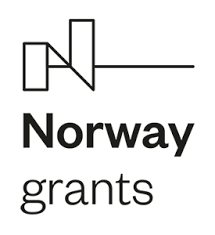 |
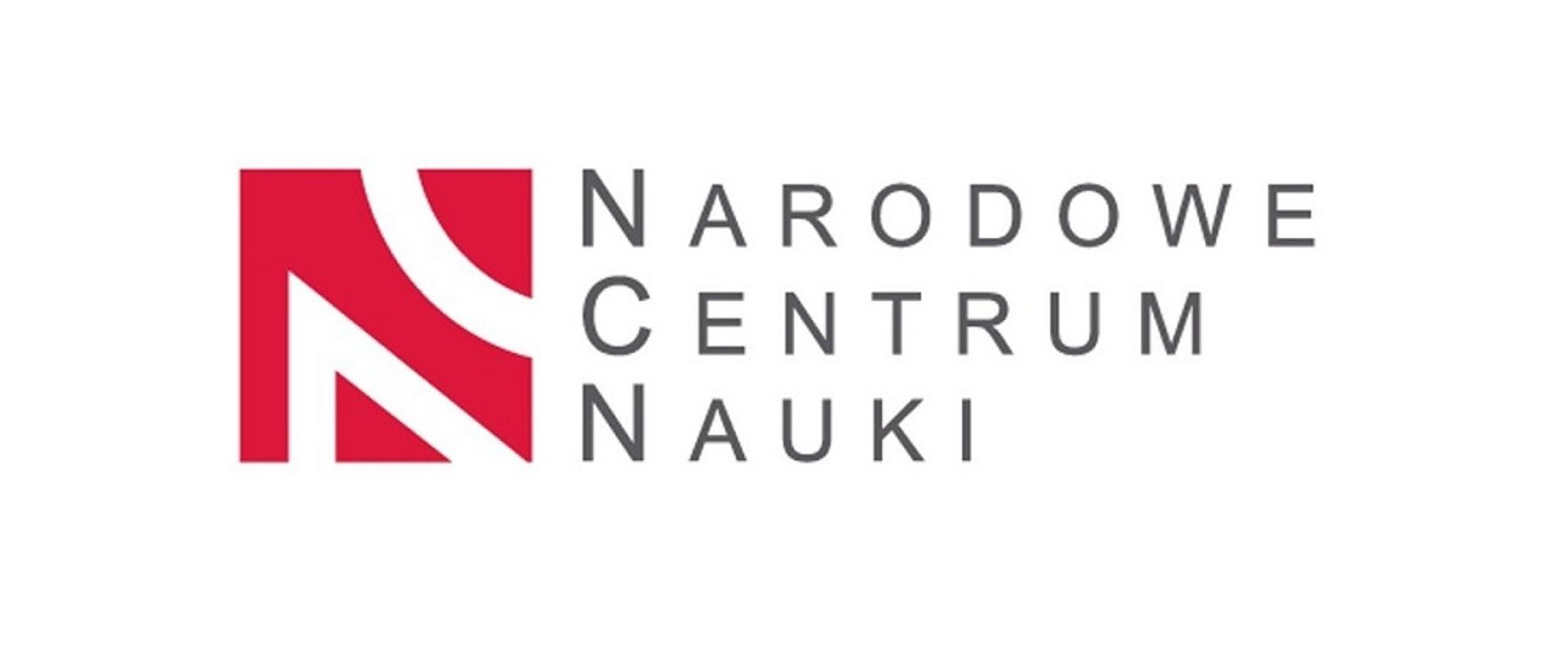 |
Seas and oceans hide a huge variety of life forms inhabiting both the water column and the ocean floor. Most of them are a range of microorganisms or small animals that are the basis for the functioning of marine ecosystems. Modern research methods allow us today to discover the mysterious world of microorganisms invisible to the human eye. Each, even the smallest, organism leaves behind a genetic trace – DNA molecules. Thanks to them, we can rediscover the richness of life in the seas and oceans. We invite you, see for yourself how much life a drop of water hides!
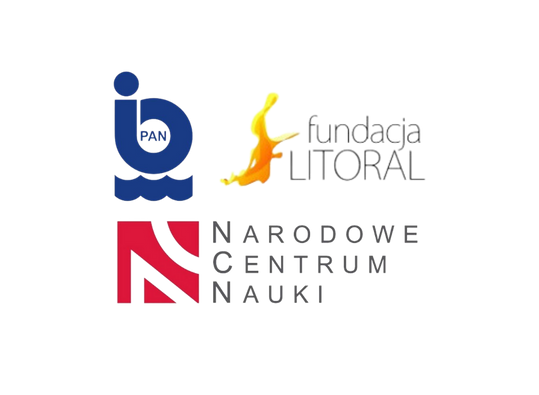
Seas and oceans hide a huge variety of life forms inhabiting both the water column and the ocean floor. Most of them are a range of microorganisms or small animals that are the basis for the functioning of marine ecosystems. Modern research methods allow us today to discover the mysterious world of microorganisms invisible to the human eye. Each, even the smallest, organism leaves behind a genetic trace – DNA molecules. Thanks to them, we can rediscover the richness of life in the seas and oceans. We invite you, see for yourself how much life a drop of water hides!
 |
 |
The aquatic environment of fish is often a source of stress for them, for example, due to changes in temperature, salinity, or the presence of pollutants. Fish skin is a barrier that separates the body from the environment and, in contact with harmful factors it can actively react by producing compounds that mitigate the negative effects of stress. In response to stress, the skin colour of fish may change, which is associated with changes in the degree of pigment concentration in pigment cells. Colour changes can be an easy-to-see indicator of stress, useful in assessing the condition and well-being of fish.
Planned activities for young researchers:
microscopic examination of pigment cells in fish skin and other histological preparations
independent preparation of simple histological preparations;
crossword, puzzles and coloring pages about Baltic fish
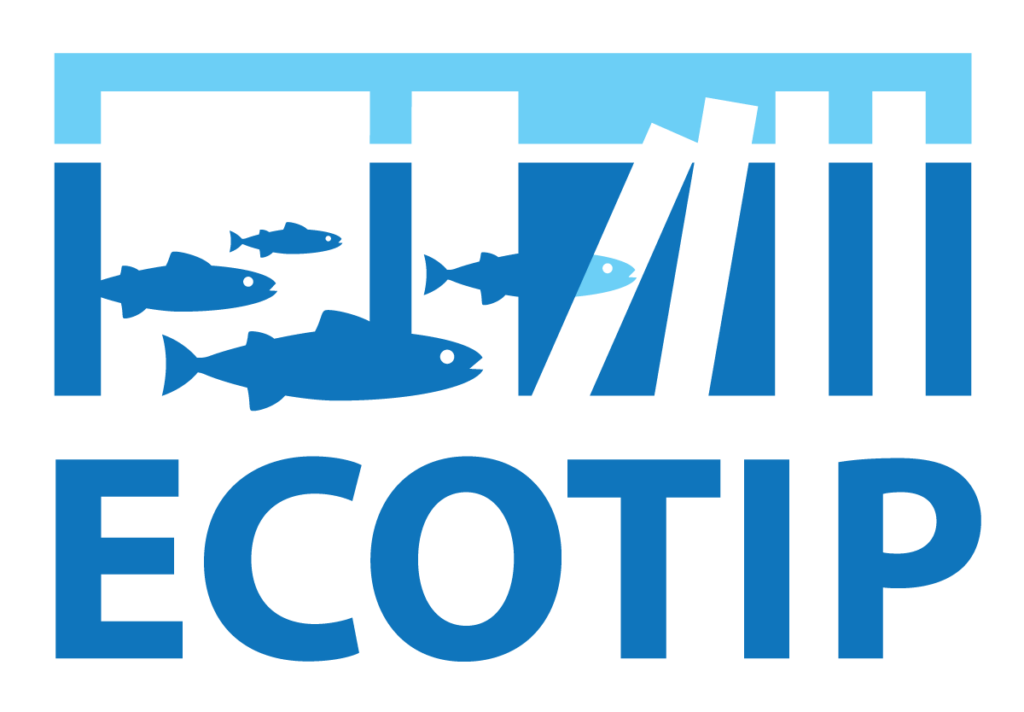
Tipping Points invites you to explore a world of change happening beneath the waves of our Arctic seas, and how our natural environment and human societies are adapting in response.
The changes the Earth is now undergoing, as a result of our (in)actions, risk tipping us into completely new and unknown ecosystems.
Through Tipping Points, we want to highlight the important work that the scientific community is conducting to understand and predict tipping points, as well as shine a light on ways that societies have adapted to constant change in the Arctic region. While talking about tipping points can be scary, our intention with this Exhibit is not to shock, but to educate. Dive in!
Tipping Points is an exhibition developed by the Horizon Europe research project ECOTIP.
You can find out more about the project at: www.ecotip-artic.eu
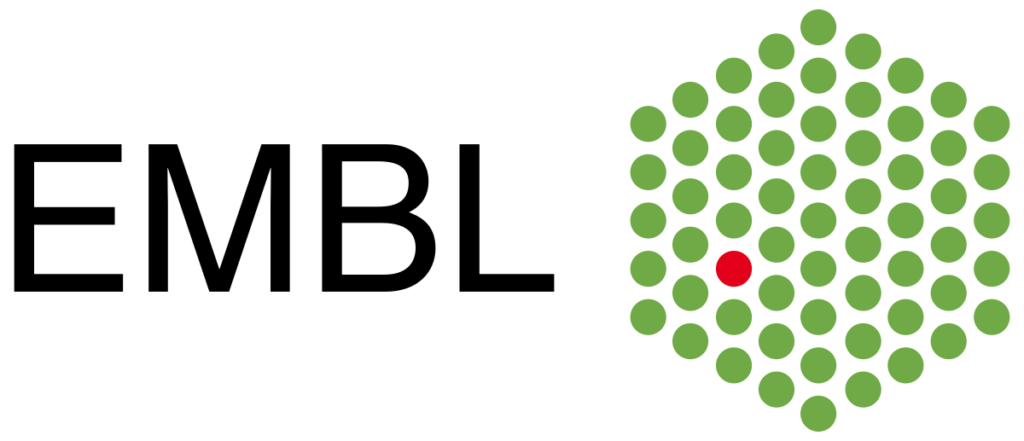
The Institute of Oceanology will also host the EMBL team – the European laboratory of natural sciences. It is an intergovernmental organization with over 80 independent research groups covering the spectrum of molecular biology. The action that brought them to us was TREC – an expedition around the European coast. During the picnic, our guests will be able to take part in educational workshops and take the foldscope for further own observation of tiny organisms.
